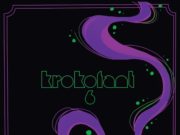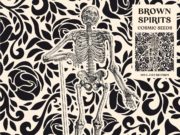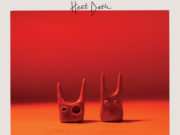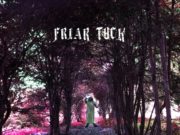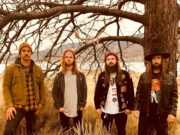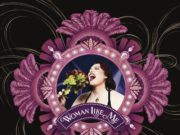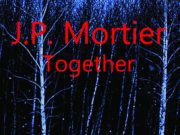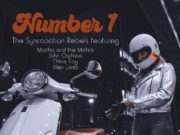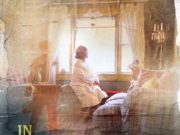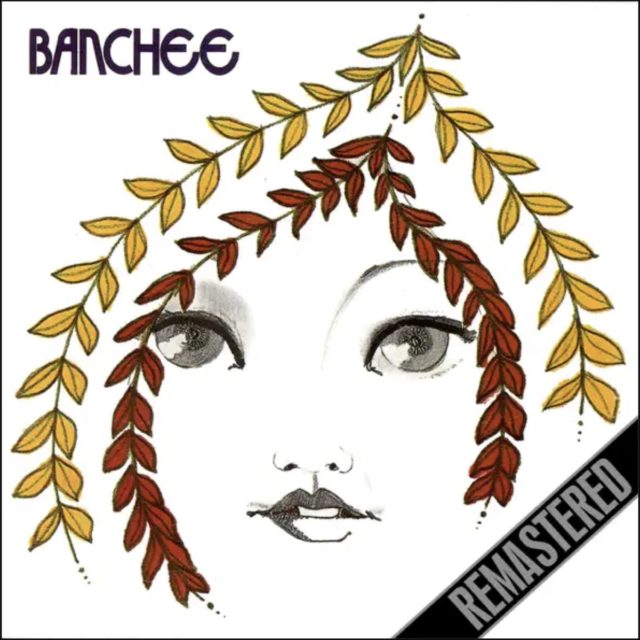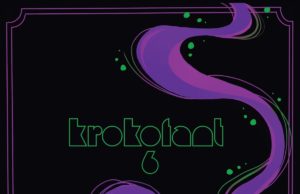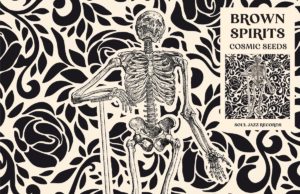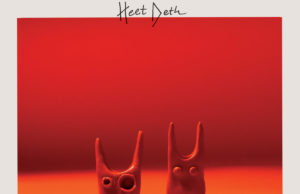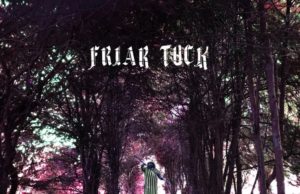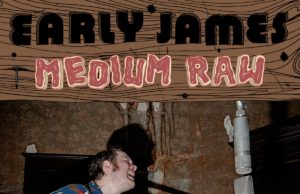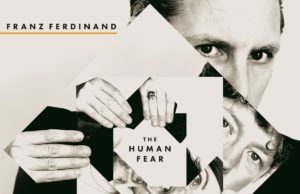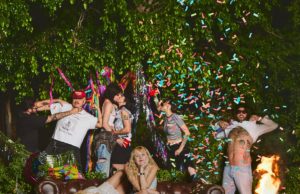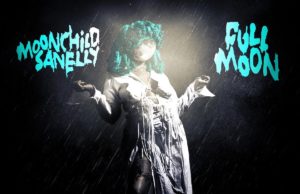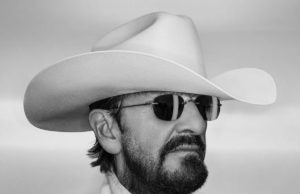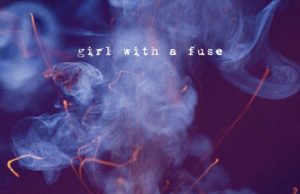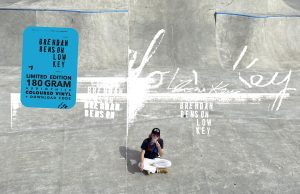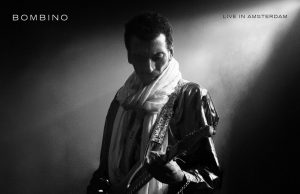 It was the first freezing rain of the season and I had to pull over, but not because of what I was seeing — but because of what I was hearing. My Spotify algorithm has been slanted and enchanted lately by a recent penchant for Amon Düül II. So it’s been throwing a lot of Can, Cluster, Kraftwerk, Harmonia and Neu! my way. Then suddenly, on my way home, comes a song called Evolmia by a band called Banchee. Never heard of them.
It was the first freezing rain of the season and I had to pull over, but not because of what I was seeing — but because of what I was hearing. My Spotify algorithm has been slanted and enchanted lately by a recent penchant for Amon Düül II. So it’s been throwing a lot of Can, Cluster, Kraftwerk, Harmonia and Neu! my way. Then suddenly, on my way home, comes a song called Evolmia by a band called Banchee. Never heard of them.
It sounds OK — psychedelic rock, a bit bluesy, a little dirty, a little greasy… until the vocals came in. OMG. The melody. I immediately checked my mirrors and hit the signal, pulled over and sent the track to my bestie Jordon, who went down a Hawkwind hole last year and came out three weeks later with no pants. “You like Krautrock bangers,” I texted. “Ever heard of these guys?” A half an hour later came this reply: “WHAAT…THE…FUUUUUUCK. This is the best thing I’ve ever heard. It’s like Elliott Smith meets Blue Öyster Cult.”
He’s right. That’s EXACTLY what it sounds like. But not all of it. Most of what the band did is just really, really great psych-rock — with multiple vocalists who don’t do that awful vibrato thing which was popular at the time, plus stunning guitar solos, wild drumming, incredible on and off-beat bass playing and complex, clever songs which never forget to ROCK.
They made two studio albums — a self-titled one in 1969 for Atlantic Records and a followup on Polydor in 1971 called Thinkin’. What a treat they are. Whoever they are. It’s rare to find a band from this era which neither Jordon nor myself have even heard of.
So I asked around. That night, none of the dudes in my band had ever heard of them. The next day, I checked with my pal John Thompson who runs Ottawa’s Record Centre — he’d never heard of them either. He wanted to see the album covers, because he tends to remember photos better than names. Still no. Louis, who grades the store’s used records, was sitting next to John. Louis has literally held and studied hundreds of thousands of record sleeves. I showed him photos of the band’s two releases, but even he’s never set eyes on Banchee before. Unreal. How could this be? They were so good.
I finally found someone who knew them: Band Whose Name Is A Symbol drummer John Westhaver, who has run Birdman Sound in Ottawa for decades. I knew better than to ask him if he’d heard of them; instead, I texted to see if he had any. “Not for sale,” he said. “Great records both, super hard to find. There were reissues of the two in Europe years back, but are out of print at source as well.” He’s 100% right, and the ones which are available will cost you an arm or a kidney — the debut is around $100 in VG+, and the second album sometimes goes for twice or triple that. Goddamnit.
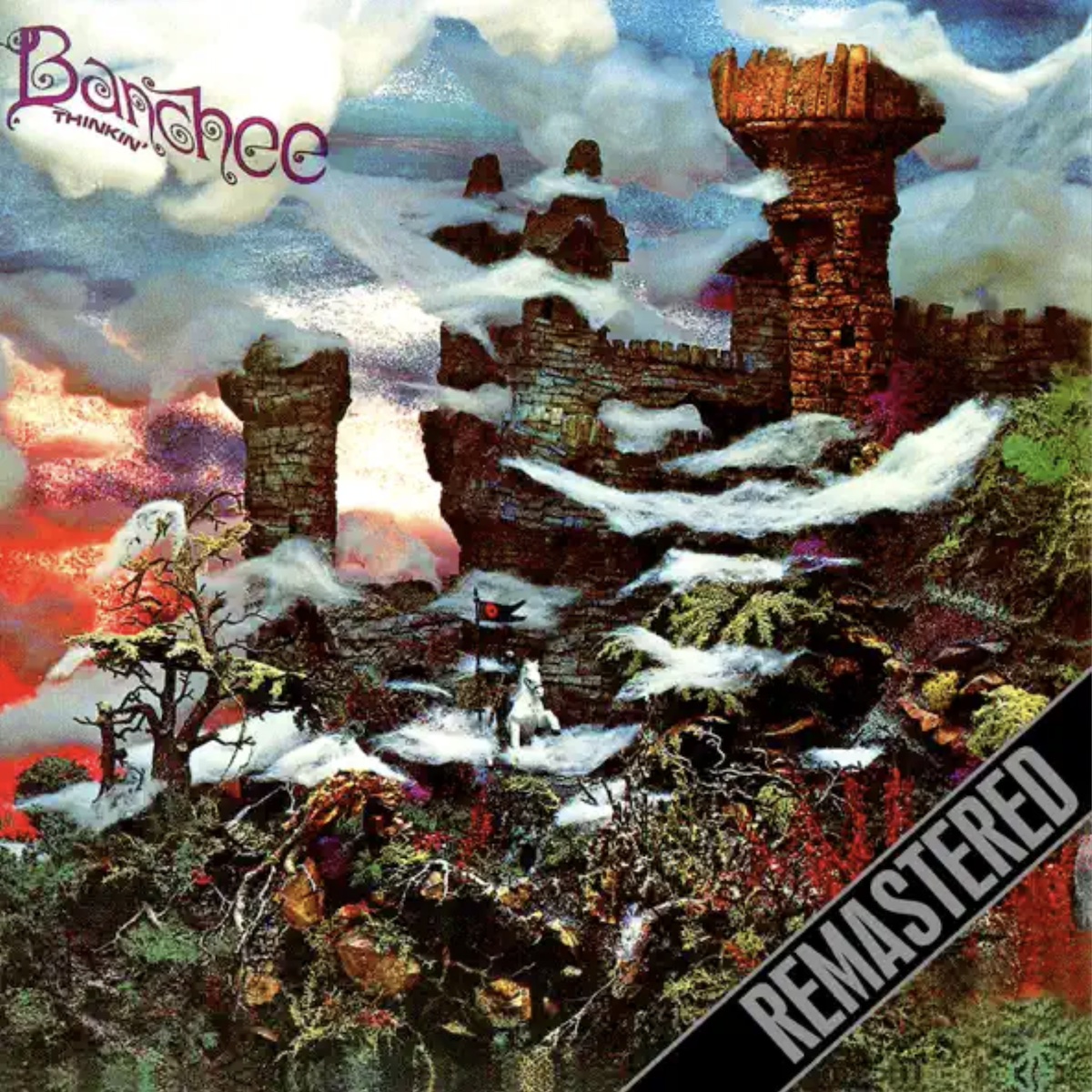
Banchee’s two-album catalog of psychedelic hard rock was re-issued together on a single CD 2001. I’ve heard the source for that release was a needle-drop, rather than the master tapes.
The four and eventually five-piece band of longhairs hailed from Brooklyn — from the ashes of a different band called The Peepl. The name Banchee was an in-joke: A word the band members used to describe rockin’ songs, similar to the way people use the word “banger” now. Once they got the lineup set, the band moved north to Boston to New York to bask in — and hopefully breakthrough courtesy of — the “Bosstown” scene. This was a marketing campaign spearheaded by record producer Alan Lorber, to try to compete with the music and culture of the San Francisco scene. It was well on its way to being an epic failure when Banchee arrived. Don’t believe me? Here are some of the scene’s biggest bands: Ultimate Spinach, Beacon Street Union and Orpheus. Riiiiight, them.
Banchee was composed of the late Jose Miguel DeJesus on guitar and vocals, Michael Marino on bass and vocals, Peter Alongi on lead guitar and vocals, and drummer Victor DiGilio. Fernando Luis ‘Papo’ Roman joined as a percussionist for the second album. DeJesus, Alongi and DiGilio were all members of The Peepl — so too, was Jerry Nolan, who appears to have not gone the Banchee way to Boston and instead stayed in New York, where he beat Peter Criss in an audition to be the drummer of The New York Dolls in 1972, and later Johnny Thunders’ Heartbreakers. That’s as close as The Peepl or Banchee came to any of its members achieving a reasonable measure of stardom.
According to DeJesus, The Peepl did “top 40 stuff.” Here’s what they sounded like:
The Puerto Rican-born DeJesus (below) passed away in March of 2021 in his 75th year. Alongi died in the early 1990s and seems to have worked in band management. But really, not much is known about these guys. After their move to Boston, they scored a record deal with Atlantic. Their self-titled debut, with cover illustration by Alongi, dropped in the fall of 1969. When they didn’t break through, Atlantic dropped them and they signed with Polydor in 1971. The followup album was clearly made with an effort to be more palatable to a wider variety of rock fans. It was a much more straightforward rock album — and quite a bit better than the excellent debut.
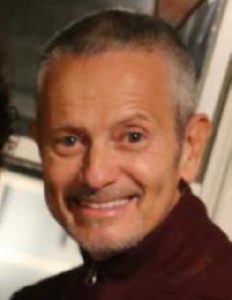
Still, it bombed. So the five musicians simply decided to walk away at the end of 1971. Setlist.fm only has one concert entry, from May 26 1970 at the Stanley Warner Route 4 Theatre, a 2,000-seat movie house in Paramus, N.J. (a bedroom community of New York City). This would have been when the band were between record deals, still desperately trying to promote their debut album — which was produced by Warren and Stephen Schlaks. Warren Schlaks was a prolific singer-songwriter and went by a variety of names. As a producer, he worked on an insane number of disco records you’ve never heard of, most — if not all — of his own recordings.
In an interview with Salon in 2015, Stephen Schlaks recalled seeing the band perform for the first time at a bar in Long Island, days before they went into the studio for the first time. He thought they were easily as talented as Yes. “I was blown away. The place was really crowded, and they had a light show which bounced off the wall while the act was playing. Banchee didn’t sound like anybody. They really had a very unique sound, and they were an interesting-looking bunch of guys, as I recall.”
Warren Schatz worked as an engineer at Associated Studios, and managed to get the band studio time — providing they were willing to come in and work after midnight. They were — and according to Stephen Schatz, they were rehearsed and ready, even though they were obviously pretty stoned much of the time.
The second album, Thinkin’, was recorded at Electric Lady Studios in Manhattan and produced by Michael Jeffries and Eddie Kramer, even though I believe the sleeve claims it was produced by Banchee.

• • •
Area Resident is an Ottawa-based journalist, recording artist, music collector and re-seller. Hear (and buy) his music on Bandcamp, email him HERE, follow him on Instagram and check him out on Discogs.


